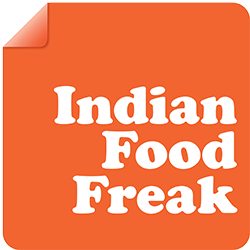
The origin of sausages can be credited to man´s necessity for preserving food in ancient times when there was no refrigeration. In those days the best way to preserve meat was to salt (Cure) it. The name, sausage therefore, was derived from the latin word ´salsus ´meaning “salted” The sausage as we know today is a clever invention from the same period when the butchers started mixing the less visually appealing parts of the animals together with brine and salt and casing them in intestines of the same animals and selling them as a cured dish. It caught instant popularity as it could be stored over long periods of time.
Though sausages have been around since as early as 500 BC, the evolution of this food segment in India has been limited. Over the years many companies have ventured into hot dogs and sausages with turkey and chicken base but the real pork and beef sausages market is still in a very nascent stage.

Sofitel in Mumbai seems to have noticed this void and has recently invited German Charcuterie Chef Han Hartmann who has flown in from his posting in Egypt to train the staff to make home- made sausages which they intend to serve at their Café/Bakery called Artisan as well as retail it through the hotel and external stores.
I went for a tasting of the iconic sausages and had an opportunity to sit and chat with the chef. Over the conversation, Chef Hans Hartman told me that he was amazed to see the size of the market and he has taken it upon himself by transforming this segment by producing sausages and brats using 100% local ingredients. Chef Hartman has nearly 45 years of experience in over 10 regions and 20 companies and is currently in India to train the staff at the hotel and is currently serving a wide range of sausages. Apart from the classic German sausages and Bratswurst, Chef Hartman has also introduced a line of sausages with Indian elements, one of them being the Chicken tikka sausage which we tried and were completely floored with the product. The taste of chicken tikka was prominent with juices oozing out of the casing as one cut into the sausages.

The other sausages that we tried at this tasting were the Chicken Thuringer which had a very prominent flavouring of mace giving it a certain Indian angle. The Pork Andouillette with its subtle nutty flavoring was every bit delectable and the Currywurst was definitely a recommendable version of the classic Bratswurst with its distinctive curry flavouring.
We also tried the Pork Nurenberg which was served in tiny cocktail size and makes for a very interesting party snack. Another very interesting product that we tried was the Classic Chicken Lyonner, which is a cold cut quite similar to bologna but with flavours which are far more subtle on the palate. I found it an amazing cut and had it with a smear of Dijon mustard and freshly baked pumpernickel bread. In simple words, divine!

The chef has kept a very diverse selection of salamis, cold cuts and sausages at Artisan which one can buy at almost the same at what they would pay in any gourmet supermarket. The taste here though is far far superior to any other brand I have tried anywhere else in India.
By the time this article is published, Chef Hartman would have left leaving behind a trained contingent of chef under the able guidance of the hotel’s executive chef Inderjit Saha who I am sure, will continue his vision and passion and keep on dishing out the best sausages I have tried in India in a long long time.













